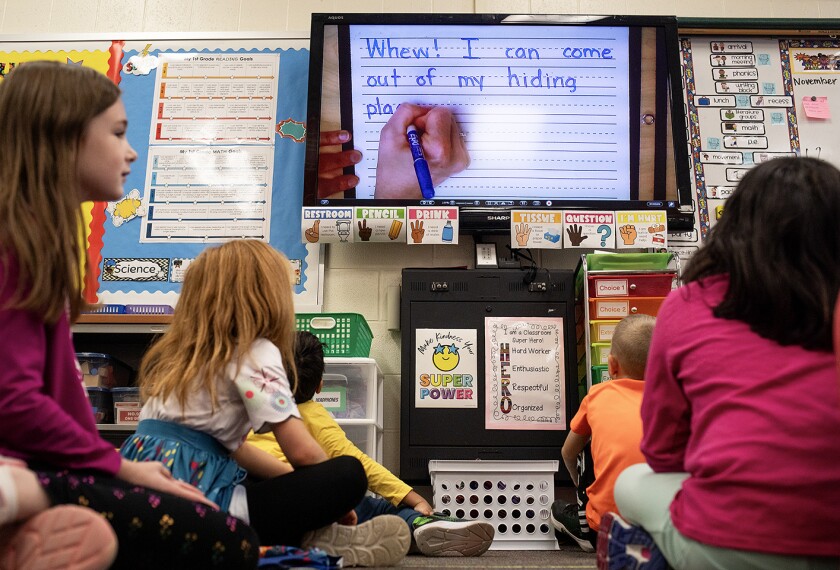There is a lot of bad content on the internet—ranging from conspiracy theory disinformation to extremist propaganda. But there is also a lot of good content, from accurate historical information to tips on how to learn difficult math concepts.
That’s what makes navigating the internet so hard for kids.
How can impressionable K-12 students glean the best of the internet without being pulled into its worst corners? A first step would be to improve the media literacy of today’s K-12 students.
Media literacy is not just about learning how to spot fake news on social media. It is about having the skills to access information, analyze and evaluate it, create content, and act on it using all forms of communication, whether it be through print, TV, or the internet.
These are important skills. But, even so, there is still some debate about whether teaching these skills is the responsibility of schools or families. Media literacy experts and proponents would say the answer is “both.”
To help educators get up to speed on the role and evolution of media literacy in K-12 education, Education Week has compiled a collection of stories and a video.
1. ‘Fake News,’ Bogus Tweets Raise Stakes for Media Literacy

Educators and researchers have been raising the alarm over how many young people are ill-prepared to critically evaluate the information they see online.
“We worry that democracy is threatened by the ease at which disinformation about civic issues is allowed to spread and flourish,” wrote a group of researchers from Stanford University in 2016. Their concerns are even more relevant today.
This article breaks down what’s at stake if students don’t establish stronger media literacy skills.
2. New Media Literacy Standards Aim to Combat ‘Truth Decay’

The RAND Corporation has created media literacy standards in an effort to counter what it calls “truth decay,” which it describes as the “diminishing role that facts, data, and analysis play in our political and civic discourse.” See EdWeek’s writeup of the standards here.
3. K-12 Media Literacy No Panacea for Fake News, Report Argues

Has media literacy evolved enough to fight the proliferation of disinformation that students encounter on the internet? A sobering report from 2018 says perhaps not. It says understanding the current media environment, such as how algorithms shape what we see and our perceptions of information, must be a key part of media literacy. The report also calls into question the value of efforts that focus on individual behavior to solve the problems created by social media rather than stepping up efforts to more effectively regulate what gets created on social media.
4. Fake News and the War in Ukraine: What Educators Need to Know

Like many major news events, the Russian invasion of Ukraine and the ongoing war has brought with it a tidal wave of misinformation and disinformation. In this interview, Eisha Buch, the director of education programs for Common Sense Media, says that what’s different this time around is the role TikTok is playing in shaping young people’s understanding of what is happening in Eastern Europe.
5. Five Ways to Teach Climate Change and COVID-19 During Polarized Times

Many science teachers are used to teaching controversial topics. Now, add COVID-19 and climate change to that list. This article offers tips on how educators can deploy media literacy instruction in teaching about issues such as the pandemic and global warming.
6. Disinformation Is Rampant. Here’s How Teachers Are Combatting It

Some teachers are ill at ease when it comes to addressing controversial topics fueled by disinformation—such as whether the 2020 election was stolen. A 2020 EdWeek Research Center survey found that 18 percent of educators said they were concerned that addressing the issue in class could lead to complaints from parents, and 14 percent said they were worried they would be accused of indoctrinating students. The answer, some experts argue, is teaching critical thinking and media literacy skills year round, not just when there’s a major news event.
7. Training Teachers to Help Students Spot Fake News

Teachers need professional development around media literacy, and this video discusses efforts underway to provide resources on teaching media literacy—and specifically “news” literacy—to educators.






